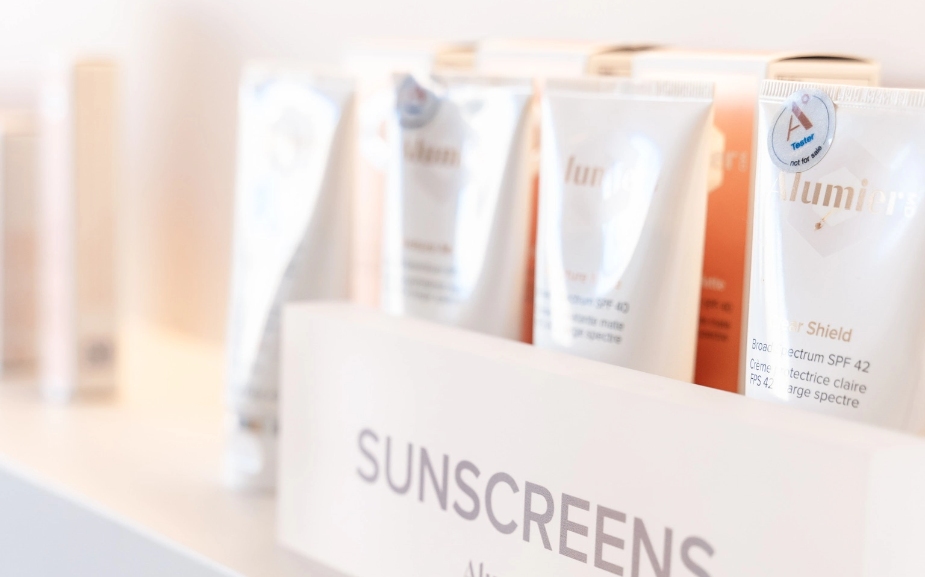Our Services
Book An AppointmentClinic Hours
Mon: By Appointment Only
Tues, Fri: 10am – 6pm
Wed, Thurs: 12pm – 8pm
Sat: 10am – 5pm
Follow Us
Dive into the world behind timeless beauty, holistic wellness, and radiant living.

INSIGHTS & INSPIRATION
November 7, 2025
October 1, 2025
October 1, 2025